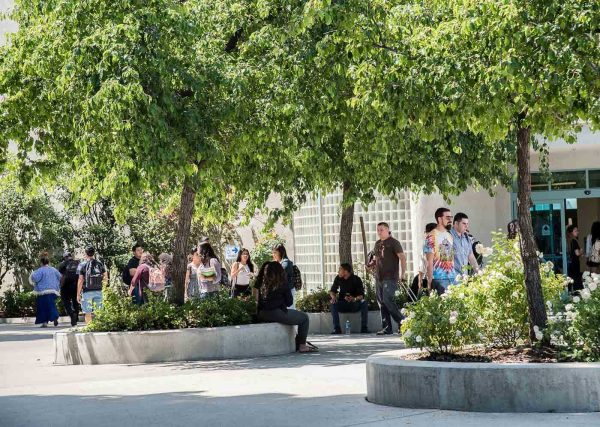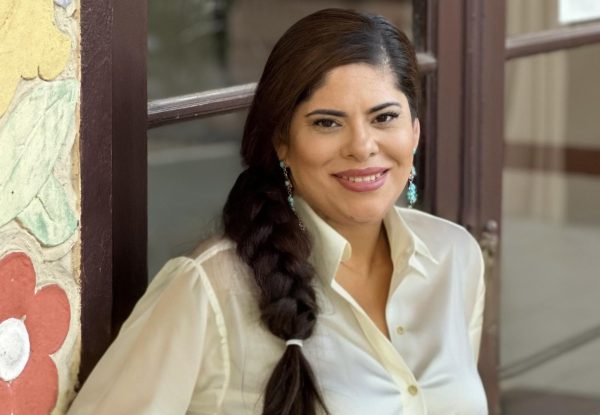New Federal Guidelines for Reopening Schools.
The Center for Disease and Control Prevention (CDC) has released guidelines for schools across all levels to reopen for in-person learning, in a much-anticipated wait for students, educators, and parents alike.
While guidelines still advocate and suggest keeping the option for distance learning available for those who wish to continue, the CDC also states with proper protocols such as wearing masks, physical distancing, and routine disinfecting that schools at all levels should be able to resume in-person learning.
Elementary through High School are encouraged to limit classroom capacity and on-campus attendance along with regular testing of staff and students at the High school level, in conjunction with the above-mentioned measures. Colleges and Universities are encouraged to continue as much online and hybrid learning as possible while continuing to enforce social distancing, limited class sizes, and regular cleanings.
So, what does this mean for COS Students? The summer session will remain online. Classes that must meet for labs and such will continue to do so but in a limited capacity. The coming Fall semester is currently set to be taught in a 50/50 mix of distance learning and in-person, with the hopes that next the Spring 2022 semester can be a 75/25 mix of in-person and distance learning. This possibly means that Fall of 2023 might be the first semester COS will see its entire student body back on campus.
Of course, opening campuses more and bringing more students back means the possibility of a higher risk of exposure to COVID. The CDC has laid out a continuum of risk for the spread of COVID across virtual, hybrid, and in-person learning (listed below). But as many eager students, parents, and educators prepare for the return to some normalcy of school, how this will impact COVID numbers will remain to be seen. While the CDC does state these guidelines are not mandated rather than to aid in the reopening for schools who either have not allowed students to return or are considering allowing more students to return to in-person learning.
While not exhaustive, this stratification attempts to characterize the risks of spread among students, teachers, and staff across this continuum:
Lowest risk:
- Students and teachers engage in virtual-only classes, activities, and events.
Some risk:
- Hybrid Learning Model, where most students and teachers participate in virtual learning and some students and teachers engage in in-person learning, with:
- Small, in-person classes, activities, and events
- Cohorting and alternating or staggered schedules, rigorously applied
- No mixing of groups of students and teachers throughout/across school days
- No sharing of objects between students and teachers
- Students, teachers, and staff following all steps to protect themselves and others at all times including proper use of face masks, social distancing, and hand hygiene
- Regularly scheduled and consistent (i.e., at least daily or between uses) cleaning of frequently touched areas
Medium risk:
- Hybrid Learning Model, where most students and teachers engage in in-person learning and some students and teachers participate in virtual learning, with:
- Larger in-person classes, activities, and events
- Cohorting and alternating or staggered schedules applied with some exceptions
- Some mixing of groups of students and teachers throughout/across school days
- Minimal sharing of objects between students and teachers
- Students, teachers, and staff following all steps to protect themselves and others such as proper use of face masks, social distancing, and hand hygiene
- Regularly scheduled (i.e., at least daily or between uses) cleaning of frequently touched areas
Higher risk:
- Students and teachers engage entirely in in-person learning, activities, and events with:
- Some mixing of groups of students and teachers throughout/across school days
- Some sharing of objects between students and teachers
- Students, teachers, and staff following some steps to protect themselves and others such as proper use of face masks, social distancing, and hand hygiene
- Irregular cleaning of frequently touched areas
Highest risk:
- Students and teachers engage entirely in in-person learning, activities, and events with:
- Students mixing freely between classes and activities
- Students and teachers freely sharing objects
- Students, teachers, and staff do not/are not following steps to protect themselves and others such as proper use of face masks, social distancing, and hand hygiene
- Irregular cleaning of frequently touched areas
Those wishing for more in-depth information and COVID-related statistics should visit the CDC website.





